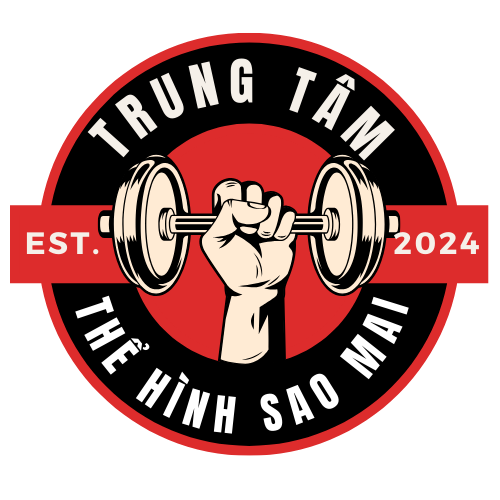Two-wheeled American identity symbolizes a complex tapestry of rebellion and community, originating from post-war societal shifts. Transitioning from military service to civilian roadways, motorcycles have become vehicles of personal freedom, bearing both countercultural ideals and mainstream commercial appeal[5][10][17].
## Historical Foundations https://usabikers.net/
### Post-War Origins
American rider ethos emerged amid the disorientation of returning WWII veterans. Military personnel familiar with structured military hierarchies craved alternative communities, resulting in pioneering clubs such as the Market Street Commandos and Hells Angels precursors[5][13][17]. Harley-Davidson and Indian motorcycles, that saw military service, transitioned from battlefield tools to lifestyle accessories, fostering brand loyalty that persists today[5][11].
The notorious “American Motorcycle Association riot” propelled motorcycle clubs into national consciousness, as 4,000 riders descended upon the small California town, resulting in urban chaos and police intervention. This event solidified the outlaw biker stereotype in popular imagination, despite the majority constituting mainstream motorcycling advocates[10][13][17].
## Influential Biker Groups
### Rebels and Regulators
The American Motorcyclist Association (AMA) initially served as the governing body for organized motorcycle sports. Yet, its early exclusionary policies—maintaining whites-only membership for thirty years—fueled the rise of independent clubs eschewing traditional hierarchies[11][13].
Major renegade rider organizations emerged as key players in this counterculture:
1. Hells Angels Motorcycle Club[2][3][10]
2. Outlaws MC[3][10][13]
3. Pagans MC[8][10]
4. 1966 Houston foundation[3][10]
These collectives operate through rigid chains of command including titled leadership roles, while physical headquarters functioning as security-enhanced meeting spaces[10][13]. Although media portrayals of lawlessness, numerous local groups participate actively in community support programs such as fundraising for social causes[8][10][15].
## Shaping American Identity
### Media Portrayals and Style Trends
The outlaw persona infuses US media landscapes, from Marlon Brando’s iconic 1953 performance through contemporary streaming series. Such widespread influence manifests in:
– Apparel styles: Leather jackets, bandanas, and riding boots marketed through retailers such as [4][12][4][12]
– Soundtrack associations: Cross-genre musical connections adopting motorcycle-inspired visuals
– Literary works: Hunter S. Thompson’s *Hell’s Angels*[1][6]
Contemporary cultural studies highlight the paradoxical duality of modern biker culture: both eschewing societal norms while being deeply corporatized through corporate sponsorships of major rallies[1][7][12].
## Contemporary Landscape and Challenges
### Riding Through 2025
The motorcycle event calendar remains a cornerstone of US motorcycling tradition, with 2025’s major rallies such as:
– Daytona Bike Week (Florida)[7][15]
– Historic Black Hills convergence[7][15]
– Arizona Bike Week (Scottsdale)[7]
Developing phenomena reconfigure the community:
– Growing women’s involvement via organizations such as [2][8]
– Technological integration through GPS-guided rides and social media communities[7][15]
– Eco-friendly initiatives promoting electric motorcycle adoption[15][17]
Regulatory controversies continue, particularly regarding:
– Outlaw club violence versus policing approaches[10][13][17]
– Responsible sponsorship models despite controversial revenue sources[8][17]
– Commercial exploitation issues regarding co-optation of rider aesthetics[4][12]
## Conclusion
US motorcycle society occupies a historical crossroads, negotiating its nonconformist roots against 21st-century commercialization. As new generations adopt technological advancements and virtual networks, the core ethos regarding liberty and camaraderie endures—manifesting in inclusive memberships and progressive values. Future developments may involve increased regulatory scrutiny and ongoing societal impact, guaranteeing the perpetual role of two-wheeled culture in America’s social fabric[5][10][17].

